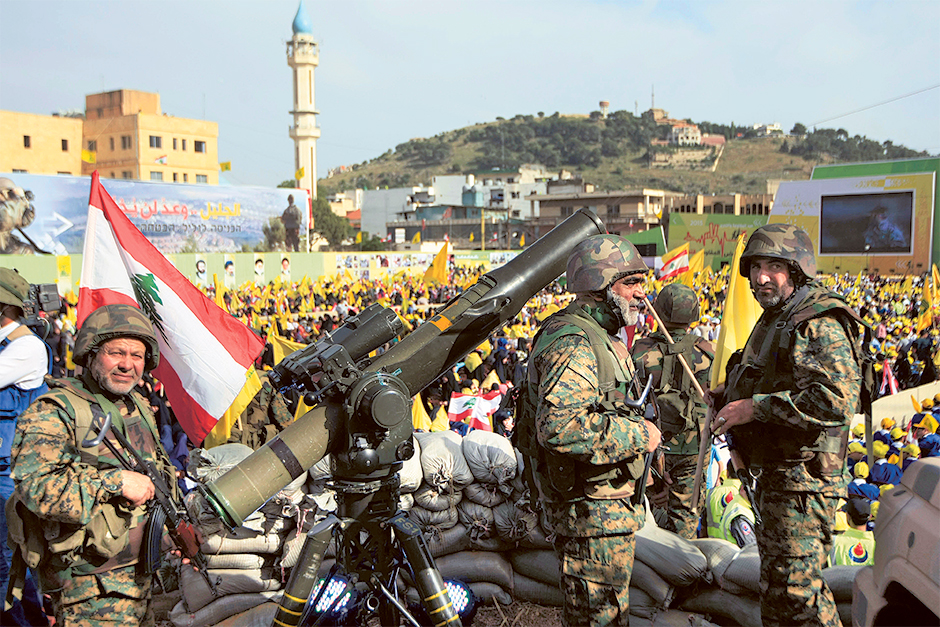Beyond the traditional trade talks between the U.S. Trade Representative and envoy with Beijing, there are complicating factors that enter into the debates and it is generally dealing with military aggression and espionage. So consider the following items:
- New Delhi: China has recently leased vast tracts of land along the coast of the Koh Kong province of Cambodia to turn into a seaside resort. An area of 45,000 hectares — 20 per cent of the coastline — has been leased for 40 years for a paltry annual rent of US $1 million.
A Chinese private company called Union Development Group (UDG) is undertaking the project, named the Dara Sakor Seashore Resort Long Term Project.
However, there has also been increased military cooperation between Beijing and Phnom Penh, and the US has raised concerns, with Vice-President Mike Pence writing to Cambodian PM Hun Sen that these facilities could be put to military use.
Paul Chambers, professor of international affairs at the Naresuan University in Thailand, has claimed that senior Cambodian officials privately admitted that Hun Sen was considering approving a Chinese naval base at Kiri Sakor.

Hun Sen has claimed there are no foreign troops on Cambodian soil, but China has been accused of using debt traps to get its way. And according to satellite imagery accessed by ThePrint, there is a real possibility of the resort project currently under construction turning into a Chinese military base.
- BRUSSELS (Reuters) – China’s ZTE opened a cybersecurity lab in Brussels on Wednesday, aiming to boost transparency four months after bigger telecoms equipment rival Huawei [HWT.UL] did the same to allay concerns about spying.Chinese vendors of network gear are being scrutinized by the United States and some of its allies who believe the equipment could be used by Beijing to spy on customers if deployed in 5G networks, which are beginning to be built around the world.
Huawei, the world’s biggest maker of telecoms network gear, has been blacklisted by the U.S. government, meaning that U.S. companies need special approval – which they are unlikely to get – to export products to the Chinese company.
-
The Chinese military has deployed military personnel and armored medical vehicles to Germany for joint drills, a first for the Chinese People’s Liberation Army as it attempts to forge closer ties with Europe.
The joint exercise — Combined Aid 2019 — is focused on preparing troops with the medical service units of the Chinese and German armed forces to respond to humanitarian crises, such as mass casualty incidents and serious disease outbreaks, China’s Xinhua News Agency reported.
The exercise follows a cooperative military medical training exercise in 2016 in Chongqing, where the PLA and the German Bundeswehr practiced responding to an imaginary earthquake scenario.
- Over one million Uyghurs and Muslims from other ethnic minority groups have been detained by the Chinese government and sent to “re-education” internment camps. Sources indicate that detainees are psychologically and physically abused. Uyghurs outside the camps in Xinjiang are also not free, as they are kept under constant surveillance, often using advanced technology. The Chinese government is increasingly testing this technology in Xinjiang and exporting it nationally and globally, with concerning implications for democracy and human rights.
-
(UPI) — China is condemning a recent U.S. decision to sell $2.2 billion worth of weapons to Taiwan, saying the “reckless” policy tampers with Chinese sovereignty. Beijing’s foreign ministry spokesman Geng Shuang said Tuesday at a regular press briefing China opposes U.S. weapons sales to Taiwan, a country China recognizes as a breakaway province.
“The United States has recklessly interfered in Chinese domestic affairs,” Geng said. “It has undermined China’s sovereignty and security interests.”
The U.S. State Department on Monday approved two potential arms sales to Taiwan, worth $2.2 billion.
The weapons to be sold to Taiwan include 108 Abrams tanks, 250 Stinger missiles and related equipment.
On Tuesday Geng reminded reporters Beijing does not recognize Taiwanese sovereignty.
“Taiwan is an inseparable part of Chinese territory,” the foreign ministry spokesman said. “Do not underestimate the Chinese government and the people’s will to defend national sovereignty and territory.”
Geng added the United States was in “severe violation” of Beijing’s “One-China” policy.
Tensions have grown between Taiwan and China since President Tsai Ing-wen assumed office in 2016.
Tsai’s recent decision to stay in the United States for four nights during a “layover” has angered China. Beijing, under its law, bans the Taiwanese leader from making contact with U.S. politicians.


 Photo: Alex Brandon AP
Photo: Alex Brandon AP

